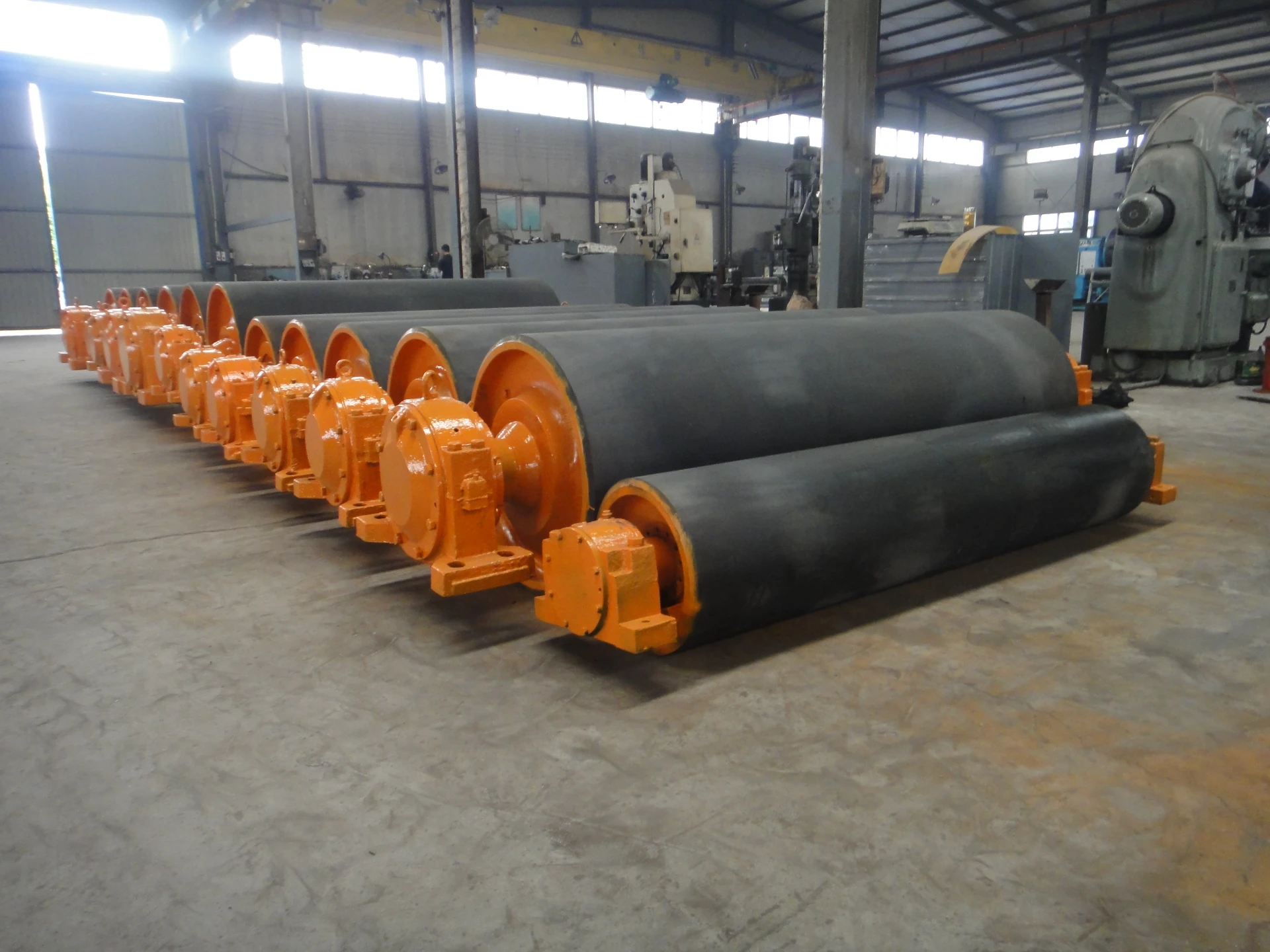 Afrikaans
Afrikaans  Albanian
Albanian  Amharic
Amharic  Arabic
Arabic  Armenian
Armenian  Azerbaijani
Azerbaijani  Basque
Basque  Belarusian
Belarusian  Bengali
Bengali  Bosnian
Bosnian  Bulgarian
Bulgarian  Catalan
Catalan  Cebuano
Cebuano  Corsican
Corsican  Croatian
Croatian  Czech
Czech  Danish
Danish  Dutch
Dutch  English
English  Esperanto
Esperanto  Estonian
Estonian  Finnish
Finnish  French
French  Frisian
Frisian  Galician
Galician  Georgian
Georgian  German
German  Greek
Greek  Gujarati
Gujarati  Haitian Creole
Haitian Creole  hausa
hausa  hawaiian
hawaiian  Hebrew
Hebrew  Hindi
Hindi  Miao
Miao  Hungarian
Hungarian  Icelandic
Icelandic  igbo
igbo  Indonesian
Indonesian  irish
irish  Italian
Italian  Japanese
Japanese  Javanese
Javanese  Kannada
Kannada  kazakh
kazakh  Khmer
Khmer  Rwandese
Rwandese  Korean
Korean  Kurdish
Kurdish  Kyrgyz
Kyrgyz  Lao
Lao  Latin
Latin  Latvian
Latvian  Lithuanian
Lithuanian  Luxembourgish
Luxembourgish  Macedonian
Macedonian  Malgashi
Malgashi  Malay
Malay  Malayalam
Malayalam  Maltese
Maltese  Maori
Maori  Marathi
Marathi  Mongolian
Mongolian  Myanmar
Myanmar  Nepali
Nepali  Norwegian
Norwegian  Norwegian
Norwegian  Occitan
Occitan  Pashto
Pashto  Persian
Persian  Polish
Polish  Portuguese
Portuguese  Punjabi
Punjabi  Romanian
Romanian  Russian
Russian  Samoan
Samoan  Scottish Gaelic
Scottish Gaelic  Serbian
Serbian  Sesotho
Sesotho  Shona
Shona  Sindhi
Sindhi  Sinhala
Sinhala  Slovak
Slovak  Slovenian
Slovenian  Somali
Somali  Spanish
Spanish  Sundanese
Sundanese  Swahili
Swahili  Swedish
Swedish  Tagalog
Tagalog  Tajik
Tajik  Tamil
Tamil  Tatar
Tatar  Telugu
Telugu  Thai
Thai  Turkish
Turkish  Turkmen
Turkmen  Ukrainian
Ukrainian  Urdu
Urdu  Uighur
Uighur  Uzbek
Uzbek  Vietnamese
Vietnamese  Welsh
Welsh  Bantu
Bantu  Yiddish
Yiddish  Yoruba
Yoruba  Zulu
Zulu idler rollers for belt conveyors
Understanding Idler Rollers for Belt Conveyors
Belt conveyors are essential components in various industries, including mining, agriculture, and manufacturing. They facilitate the transportation of bulk materials with efficiency and ease. A crucial part of every belt conveyor system is the idler roller, which plays a significant role in supporting the conveyor belt and ensuring its smooth operation. In this article, we’ll explore the importance of idler rollers, their types, and their maintenance.
What are Idler Rollers?
Idler rollers are cylindrical components that are positioned along the length of a conveyor belt. Their primary purpose is to support the belt and the materials being transported, minimizing the friction between the belt and the surface it moves over. By providing this support, idler rollers help to keep the belt aligned, facilitating a smooth movement of materials and reducing wear and tear on both the belt and the rollers themselves.
Importance of Idler Rollers
1. Load Distribution Idler rollers help distribute the load of the materials being conveyed. This is particularly important in heavy-duty applications where large volumes of material are transported. Proper load distribution prevents stress concentrations on the belt and reduces the risk of damage.
2. Alignment and Stability Idler rollers assist in maintaining the alignment of the conveyor belt. Misalignment can lead to uneven wear, increased energy consumption, and potential failure of the conveyor system. Properly functioning idlers ensure that the belt stays on track and operates smoothly.
3. Friction Reduction One of the key functions of idler rollers is to minimize friction between the belt and the supporting surface. By providing a smooth surface for the belt to glide over, idlers help reduce the energy required to move materials, resulting in improved efficiency and lower operational costs.
4. Wear and Longevity Using quality idler rollers can significantly extend the lifespan of the conveyor belt. They absorb impact and reduce wear by providing a consistent surface for the belt to travel over, thereby minimizing the risk of damage from abrasion.
Types of Idler Rollers
Idler rollers come in various designs and materials depending on the specific application and environment
1. Standard Idler Rollers Typically used in general applications, these rollers are designed for light to moderate loads.
idler rollers for belt conveyors

3. Impact Idlers These are specifically designed to absorb the impact of falling materials on the belt. They are usually placed shortly after the loading point to protect the belt from damage.
4. Self-Aligning Idlers These rollers adjust automatically to the misalignment of the belt, helping to correct any drift and ensuring that the belt remains centered.
5. Troughing Idlers With a design that creates a trough shape, these idlers hold the belt in place and help prevent spillage of materials, improving the efficiency of the conveyor system.
Maintenance of Idler Rollers
To ensure the longevity and efficiency of idler rollers, regular maintenance is essential. This includes
- Inspection Regularly checking for wear, damage, or misalignment is crucial. Visual inspections can help identify problems before they lead to more significant issues.
- Lubrication Keeping the bearings within the idler rollers well-lubricated minimizes friction and prevents premature wear.
- Cleaning Accumulation of dust and debris can affect the performance of idler rollers. Regular cleaning helps maintain their function and extends their lifespan.
- Replacement Worn or damaged idler rollers should be replaced promptly to avoid complications that could lead to system failure.
Conclusion
Idler rollers are vital components of belt conveyor systems. By understanding their importance, types, and maintenance requirements, companies can enhance the performance and longevity of their conveyor systems. Investing in high-quality idler rollers and ensuring their proper maintenance can lead to increased productivity and reduced operational costs in the long run.
-
Revolutionizing Conveyor Reliability with Advanced Rubber Lagging PulleysNewsJul.22,2025
-
Powering Precision and Durability with Expert Manufacturers of Conveyor ComponentsNewsJul.22,2025
-
Optimizing Conveyor Systems with Advanced Conveyor AccessoriesNewsJul.22,2025
-
Maximize Conveyor Efficiency with Quality Conveyor Idler PulleysNewsJul.22,2025
-
Future-Proof Your Conveyor System with High-Performance Polyurethane RollerNewsJul.22,2025
-
Driving Efficiency Forward with Quality Idlers and RollersNewsJul.22,2025





























